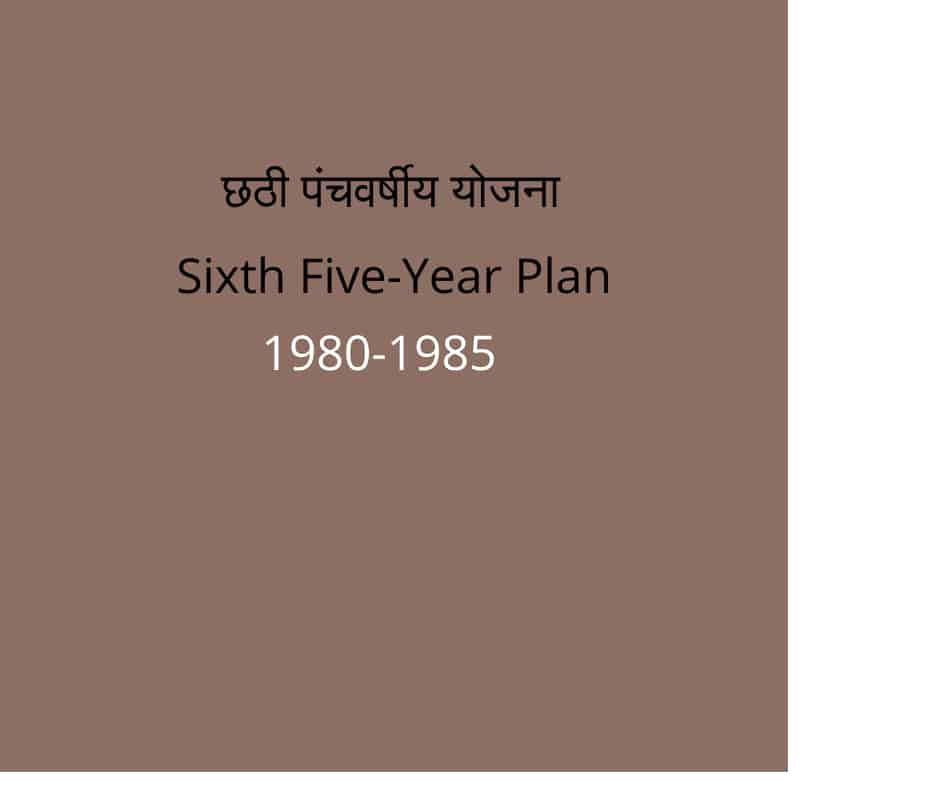
Sixth Plan
The Sixth Five-Year Plan marked the beginning of economic liberalisation. Price controls were eliminated and ration shops were closed. This led to an increase in food prices and an increase in the cost of living. This was the end of Nehruvian socialism. The National Bank for Agriculture and Rural Development was established for development of rural areas on 12 July 1982 by recommendation of the Shivaraman Committee. Family planning was also expanded in order to prevent overpopulation. In contrast to China’s strict and binding one-child policy, Indian policy did not rely on the threat of force. More prosperous areas of India adopted family planning more rapidly than less prosperous areas, which continued to have a high birth rate. Military Five-Year Plans became coterminous with Planning Commission’s plans from this plan onwards.
